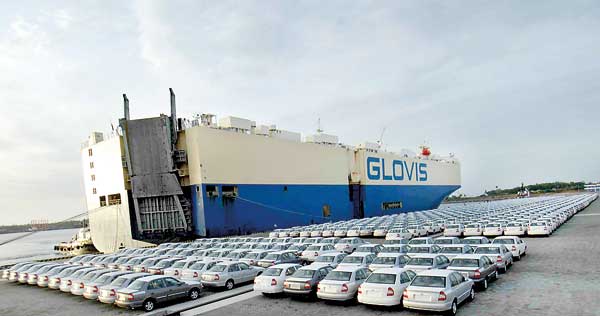04 Mar 2013 - {{hitsCtrl.values.hits}}
.jpg) The Port of Hambantota, also known as ‘Magampura’ is situated about 19 nautical miles north of the key shipping route between the Malacca Strait and the Suez Canal, which links Asia and Europe. An estimated 36,000 ships including 4500 oil tankers use this route annually.
The Port of Hambantota, also known as ‘Magampura’ is situated about 19 nautical miles north of the key shipping route between the Malacca Strait and the Suez Canal, which links Asia and Europe. An estimated 36,000 ships including 4500 oil tankers use this route annually.
26 Nov 2024 3 minute ago
26 Nov 2024 2 hours ago
26 Nov 2024 2 hours ago
26 Nov 2024 2 hours ago
26 Nov 2024 3 hours ago